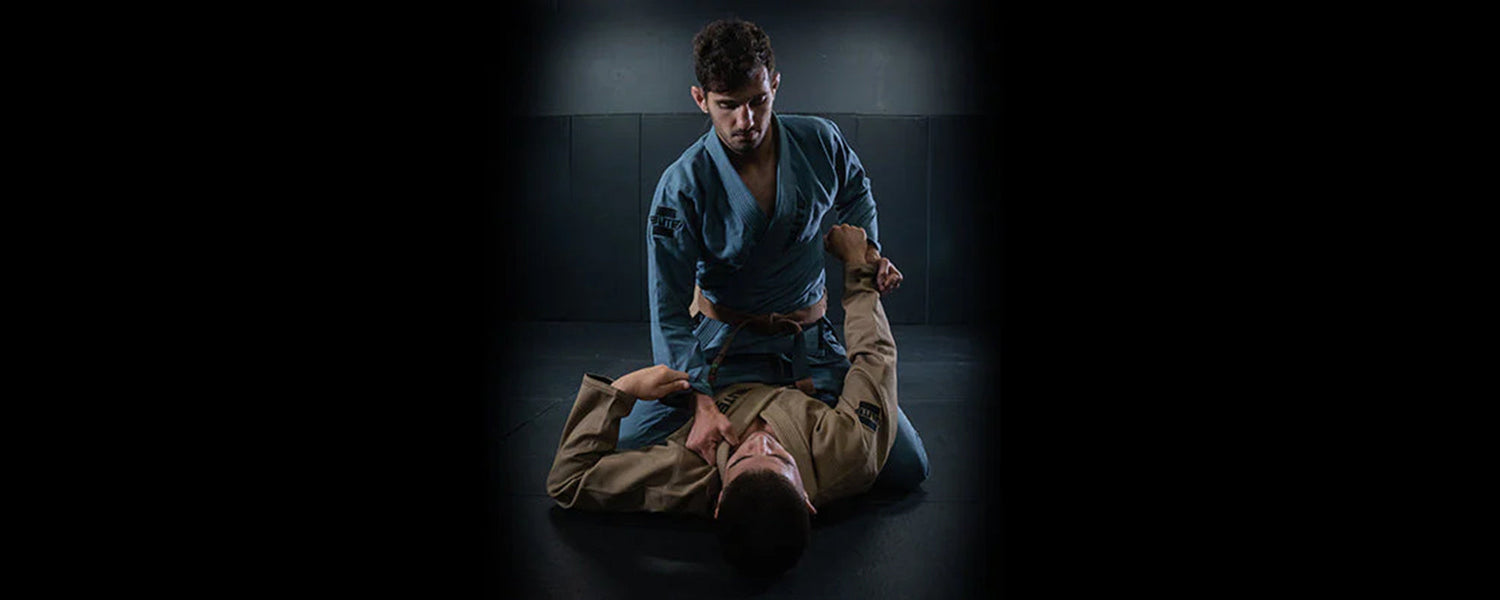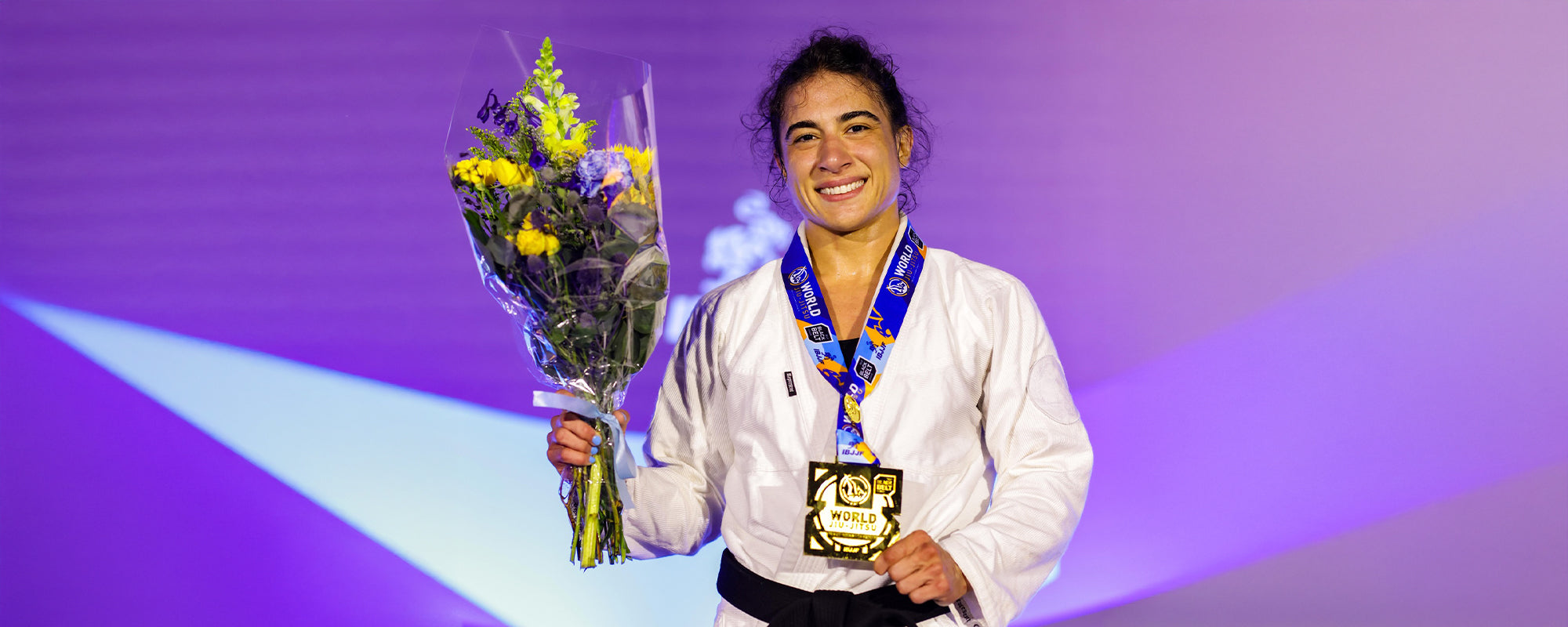Table of content
Brazilian Jiu-Jitsu has been around for centuries but has only recently gained mainstream popularity. It is a versatile discipline for self-defense, competition, and physical and mental rehabilitation. BJJ is perceived as a martial art and a healthy lifestyle with a lower risk of injury than other hand-to-hand sports like wrestling, taekwondo, and MMA. But what makes BJJ so appealing to its demographic?
1. Brazilian Jiu-Jitsu
BJJ is often used as self-defense, allowing a smaller person to overcome a larger opponent. The goal of BJJ is to control and subdue an opponent through submission techniques rather than relying on brute force.
2. History of BJJ
Brazilian Jiu-Jitsu originated in Brazil during the early 1900s. This martial art focuses on joint locks, takedowns, submissions, and chokeholds. The creator of BJJ was Carlos Gracie, who drew inspiration from the Japanese martial art, judo.
Gracie modified techniques from judo to create a unique fighting style before eventually sharing his knowledge with his brothers. The Gracie brothers then opened multiple BJJ academies and schools to teach their new martial art to others.
3. What Makes BJJ the Best Martial Art?
BJJ is a martial art that focuses on grappling and ground fighting. With millions of practitioners worldwide, it is considered one of the most effective martial arts in the world.
3.1. A Complete System
BJJ is a complete system that can be used for self-defense, sports, and fitness. It is a highly effective workout in the gym and operates as a form of self-defense on the street. As a workout, BJJ can help you get in shape, lose weight, and tone your muscles. BJJ focuses on several techniques, including striking, grappling, and submissions.
3.2. A Practical Means of Self-Defense
BJJ is practical applications in real-life situations, such as defending against a bully or a mugger. Unlike other martial arts, BJJ's primary focus is on practical means of self-defense.
BJJ is an effective form of self-defense for several reasons. First, BJJ emphasizes using weight and leverage to control and submit an opponent rather than relying on strikes to inflict damage.
Secondly, this martial art is an ideal form of self-defense for smaller or lightweight individuals who cannot rely on pure physical strength to defend themselves.
3.3. Reduces Stress
Practicing Brazilian Jiu-Jitsu can help ease mental stress. The intense grappling and ground fighting techniques can effectively release pent-up stress and vent frustration.
Intense BJJ workouts can help distract you from your worries and help you focus on the task at hand. Intense physical activity can cause endorphins to release, improving your mood, and helping to calm you down.
In addition, following a strict BJJ training schedule can help promote a more organized lifestyle, contributing to better stress management.
3.4. Boosts Strength & Builds Muscles
BJJ exercises can help you get in shape, increase physical strength and build muscle mass.
3.5. Builds Confidence
BJJ can improve your confidence by teaching you how to stay in control even in new situations. In BJJ, you must adapt to sudden developments when stuck in challenging positions.
BJJ tests your limits and allows you to discover your true capabilities. You may meet new people and establish new friendships. Being surrounded by a supportive community can help boost the confidence needed to succeed in other aspects of life.
3.6. Accessible & Fun
Unlike other martial arts, BJJ is no issue with your gender, age, and physical appearance.
Aside from being good exercise, BJJ can be seen as a fun hobby by practitioners. Many individuals are more inclined toward BJJ because the training and learning processes can improve your mood and offer satisfaction.
Performing different moves against an opponent can help you become an expert in BJJ techniques and climb higher up the belt ranks. Many practitioners become inspired to keep winning and keep pushing past their limits.
3.7. Interesting Techniques
Most BJJ techniques are unique, peculiar, and enjoyable. These qualities made BJJ techniques popular among masters and students.
For example, the guard position controls an opponent from the bottom by using your legs to trap their upper body. This can be used to submit an opponent or sweep them so you can get into a better position.
Another technique is the armbar, which can force an opponent to tap out by hyperextending their elbow joint.
An armlock is performed by placing your legs around your opponent's torso and then using your arms to apply pressure to their joints.
A chokehold involves placing your arm around your opponent's neck and then using your body weight to apply pressure. It is a very effective way to get an opponent to tap out.
The leg lock involves trapping your opponent's leg between your legs and then applying pressure to their joints. Though an effective way to subdue an opponent, it can also cause severe damage if not applied correctly.
3.8. Can Help MMA Fighters Improve
In the early days of mixed martial arts (MMA), Brazilian Jiu-Jitsu (BJJ) was one of the dominant fighting styles. In the UFC's first event, Royce Gracie won three fights in one night using his BJJ skills.
Today, BJJ is still an essential part of MMA, but it has evolved to suit modern fighters' needs better. Many top MMA fighters have a BJJ black belt, with BJJ techniques essential to their skill set. To be a well-rounded MMA fighter, you must know how to grapple and subdue your opponent.
4. Wrap Up
BJJ is a popular martial art due to its practicality and effectiveness in real-world situations. It is a complete system that teaches you how to deal with aggression and fight against armed and unarmed opponents. This makes BJJ the most comprehensive means of self-defense in the world.
Anyone can benefit from learning BJJ, regardless of age or athletic ability. So what are you waiting for? Find a BJJ academy and start training today.











Leave a comment
This site is protected by hCaptcha and the hCaptcha Privacy Policy and Terms of Service apply.